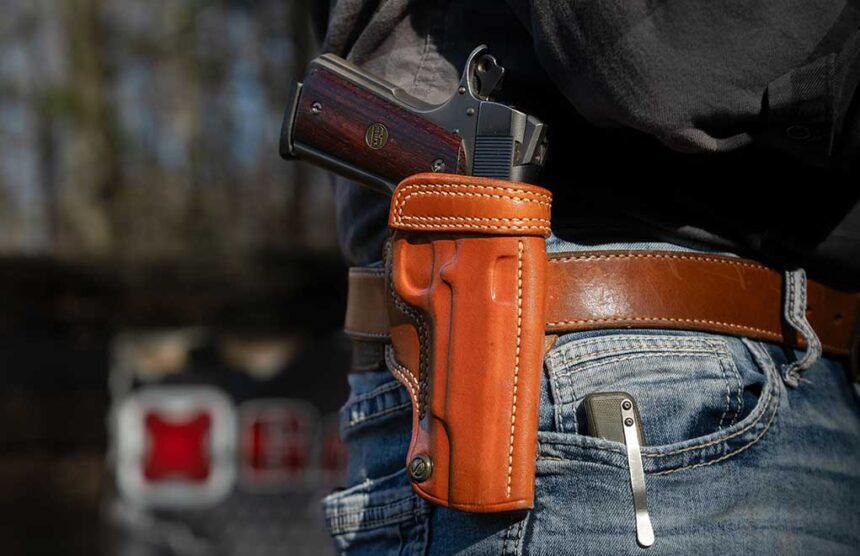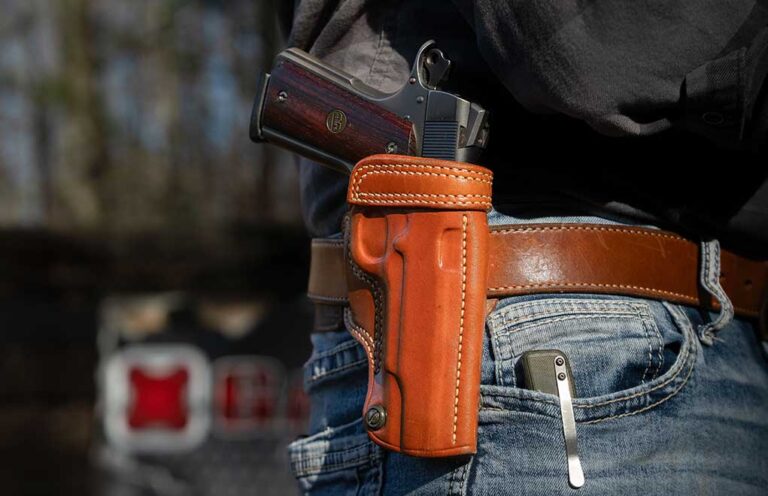
Striking a Balance Between Concealability, Accessibility, and Comfort for Your Ideal Concealed Carry Holster
When preparing for concealed carry, your handgun, cartridge, and ammunition are crucial factors to consider. However, selecting the right holster is equally important because it enhances ease of concealed carry and ensures your comfort so you carry when necessary.
While many gun shops allow you to test different handguns, trying out holsters usually requires a purchase. Therefore, seeking advice on holsters is beneficial. With over half a lifetime of concealed carry experience, acquiring insights from a holster expert seemed valuable.
Mike Barham, a 21-year veteran at Galco Gunleather, with a background in firearms and military service, shared his extensive concealed carry knowledge. With years of carrying concealed weapons, I asked him to impart some of his expertise.
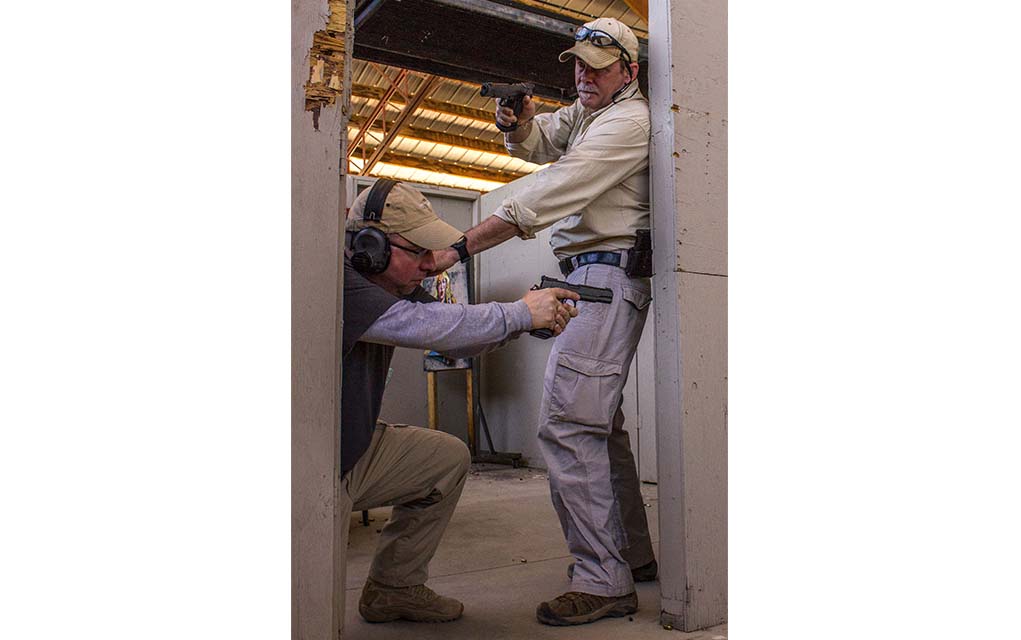
Finding the Right Balance
The first valuable advice from Barham was that “Every concealed holster must strike a balance between three competing factors: concealability, accessibility, and comfort. In most holster designs, as one factor improves, the others may decrease. A highly concealable holster may sacrifice comfort and accessibility, and a holster that offers quick draw or comfort may compromise concealability.”
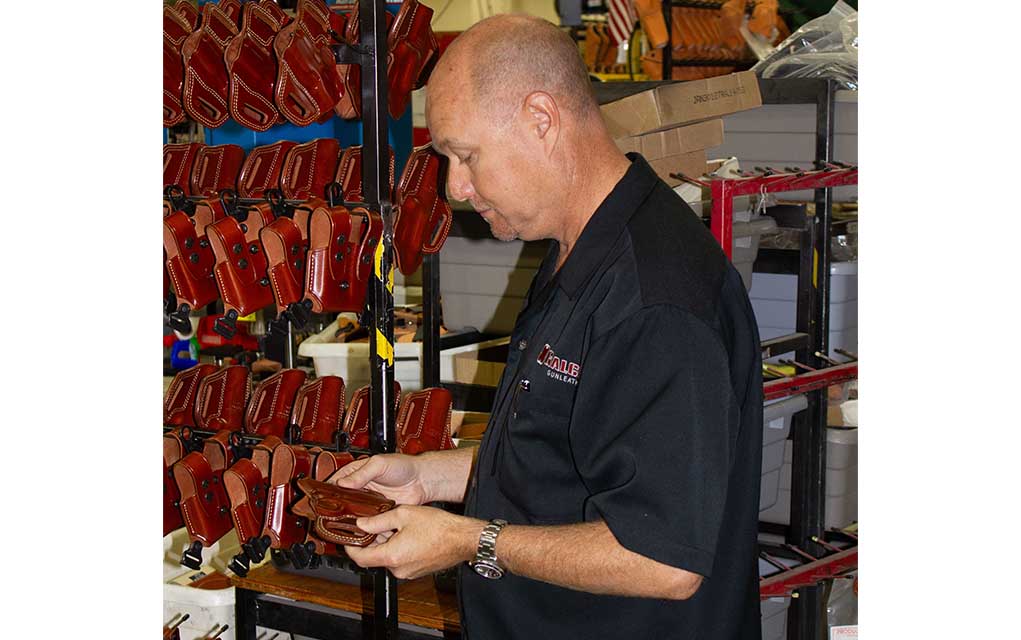
Gun size also affects the equation when choosing a holster. It is essential to find a balance with your gun’s size, ensuring it is large enough for effective shooting yet small enough for practical concealment. This never-ending quest for the perfect holster resembles finding the right life partner; you experiment to gauge compatibility, and similarly, trying different gun and holster combinations can be costly.
OWB Vs. IWB
Choosing between inside the waistband (IWB) and outside the waistband (OWB) carry is a significant decision. Adapting between both based on weather and circumstance, especially without changing the carry position, can be effective. Barham mentioned, “IWB holsters are typically easier to conceal since half the gun is inside your pants, but some find them uncomfortable. Enhancing comfort entails wearing belts and pants two inches larger than your usual size. IWB holsters can be slower to draw from than OWB holsters as they press the handgun against the body.”
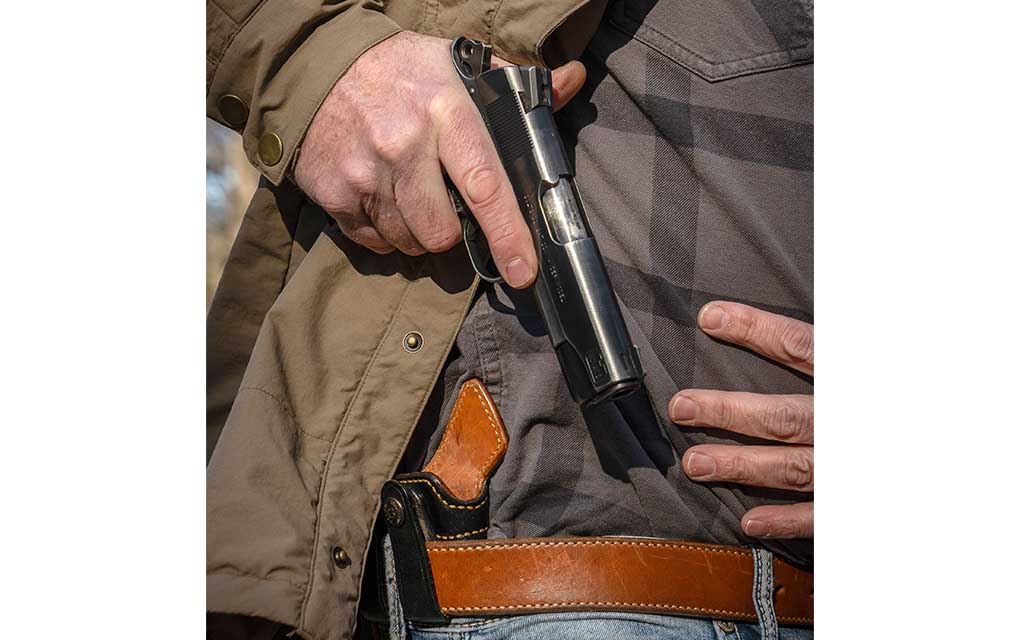
Regarding OWB, Barham noted, “OWB carry is more comfortable than IWB for many as they may not want to adjust their wardrobe. OWB holsters also offer slightly quicker draw times, though the difference is marginal. Depending on the belt attachment method, IWB holsters with clips or straps are quicker to put on and remove when compared to OWB holsters with standard belt slots. However, paddle-type OWB holsters are incredibly comfortable and convenient with fast and simple access.”
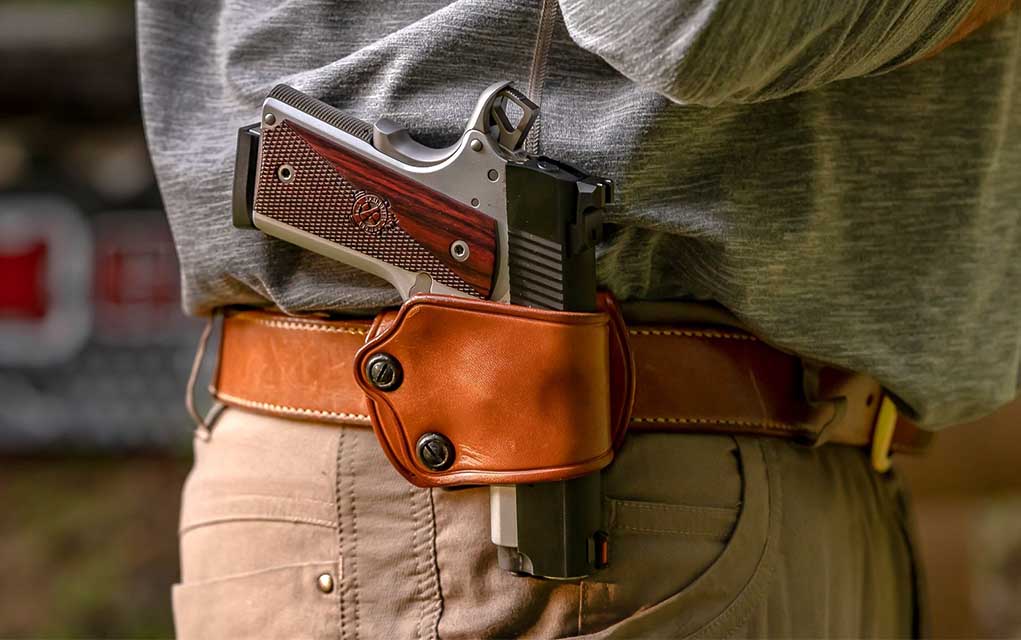
Cant And Rake
Another critical but often neglected aspect is considering cant and rake, referring to the angular deviation from a straight vertical line. According to Barham, “A slight butt-rear rake can be beneficial for appendix carry but hampers concealment with a holster worn on or behind the hip. For such holsters, a mild butt-forward cant aids in concealment. Yet, drawing from an angled holster may be slightly slower and less natural compared to a straight or near-vertical hip holster.”
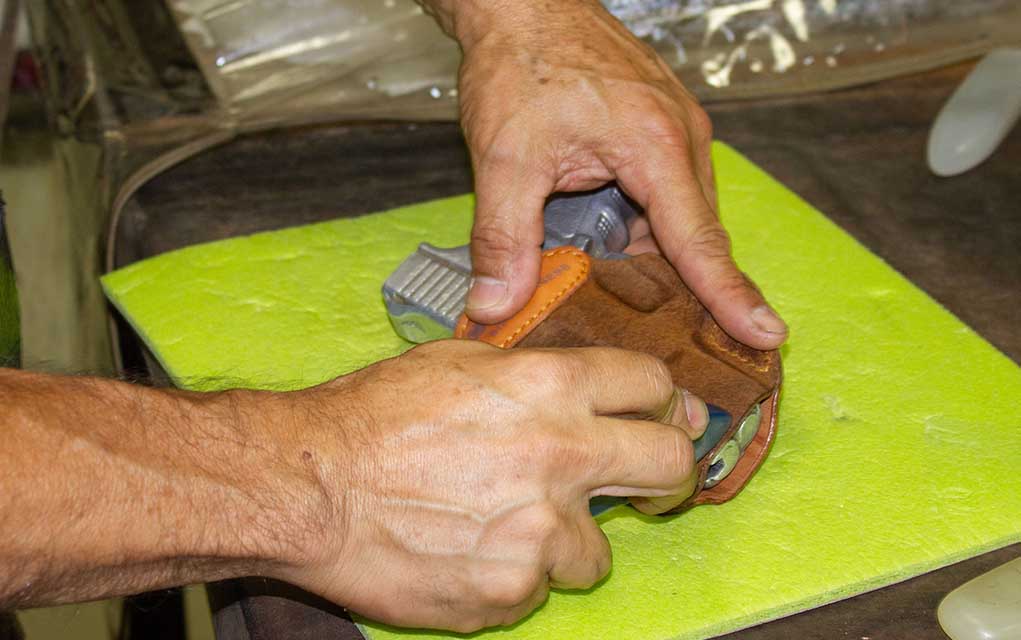
For crossdraw carry, extreme rake is necessary, especially in vehicular situations, though it’s less popular now. In every instance, you must weigh the need for concealment against draw efficiency.
Choosing Between Leather and Polymer
An essential consideration is whether the holster should be leather or polymer. Barham highlighted this debate, mentioning that “Leather is classic, comfortable, and aesthetically pleasing. More significantly, leather holsters conform to the wearer’s body over time, enhancing comfort. Polymer holsters, typically Kydex, are low maintenance, resistant to moisture, and require no break-in. Some believe they offer faster draws, yet this largely depends on the shooter.”
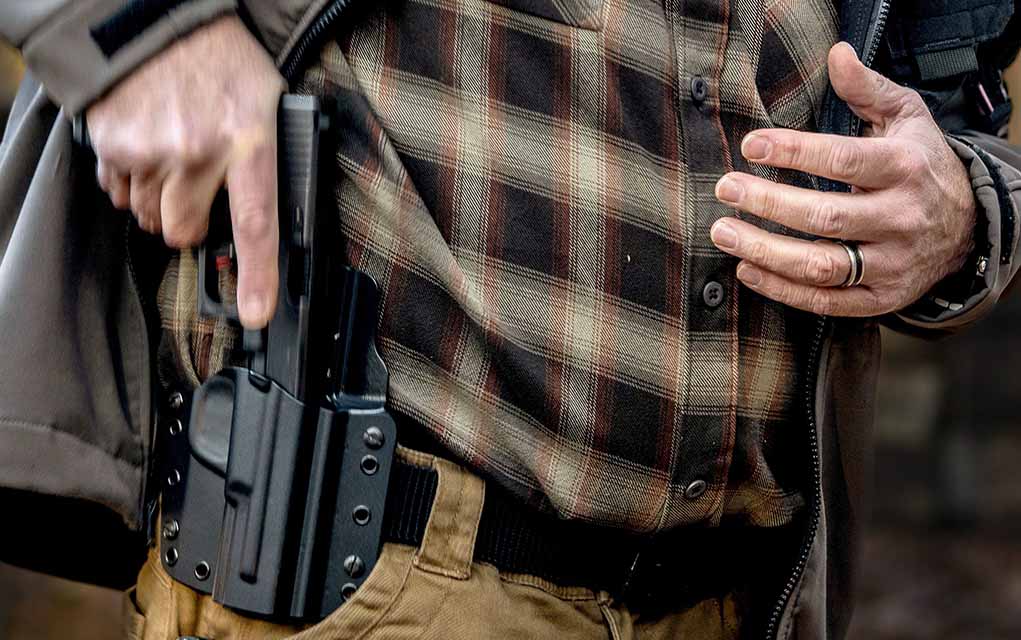
Factory Or Custom Holsters?
Regarding the debate between factory and custom holsters, Barham suggested, “There’s little that boutique holsters offer that cannot be achieved with production holsters. At Galco, our premium holsters are essentially ‘custom made without the wait.’ Our team of expert craftsmen meticulously craft each high-quality holster. With over 50 years of experience, we have mastered the art of designing and creating practical holsters.” However, he added, “Custom holsters have their place, and seasoned shooters can take advantage of specialized features. Yet, most custom nuances may go unnoticed by the average gun carrier.”
